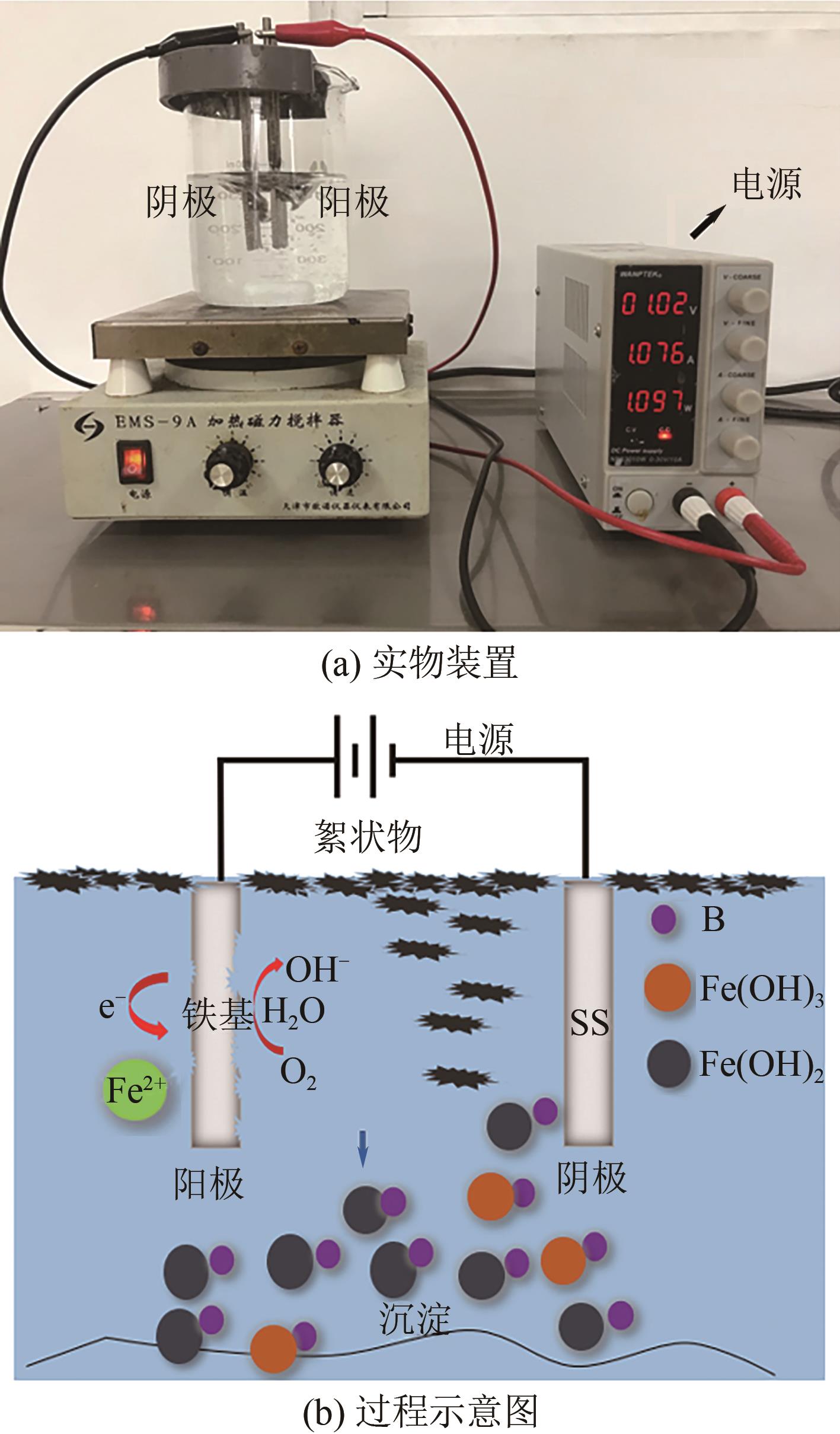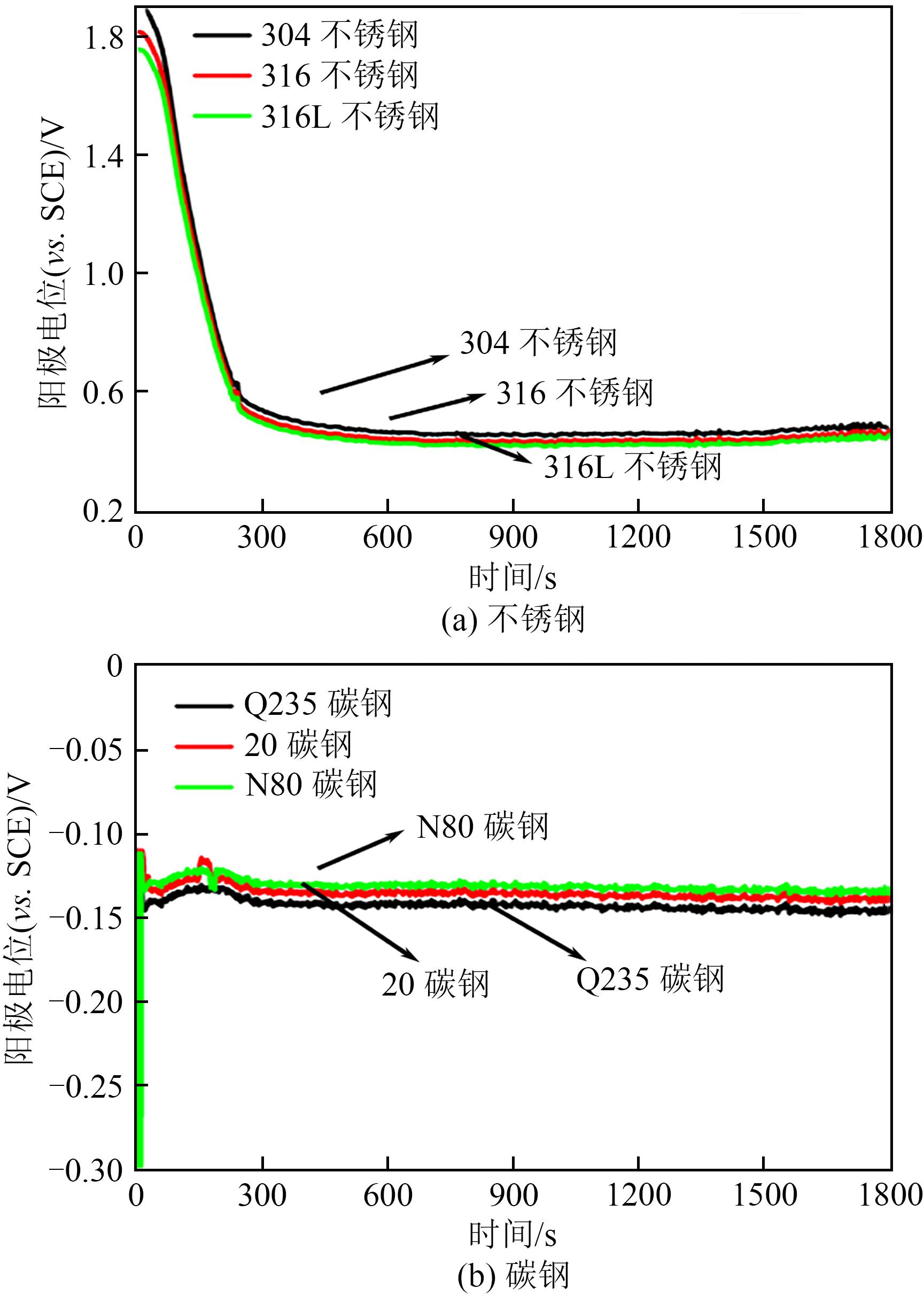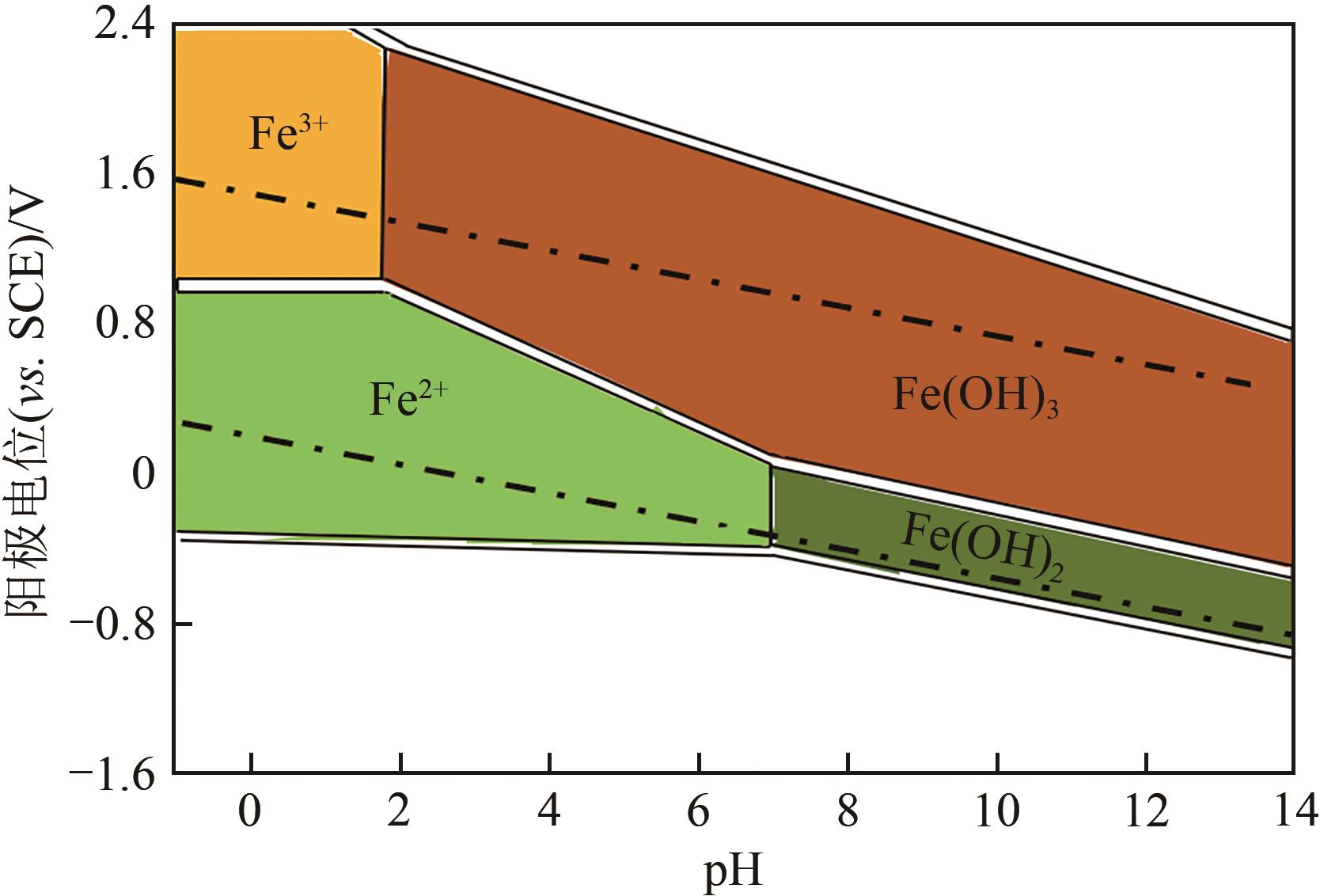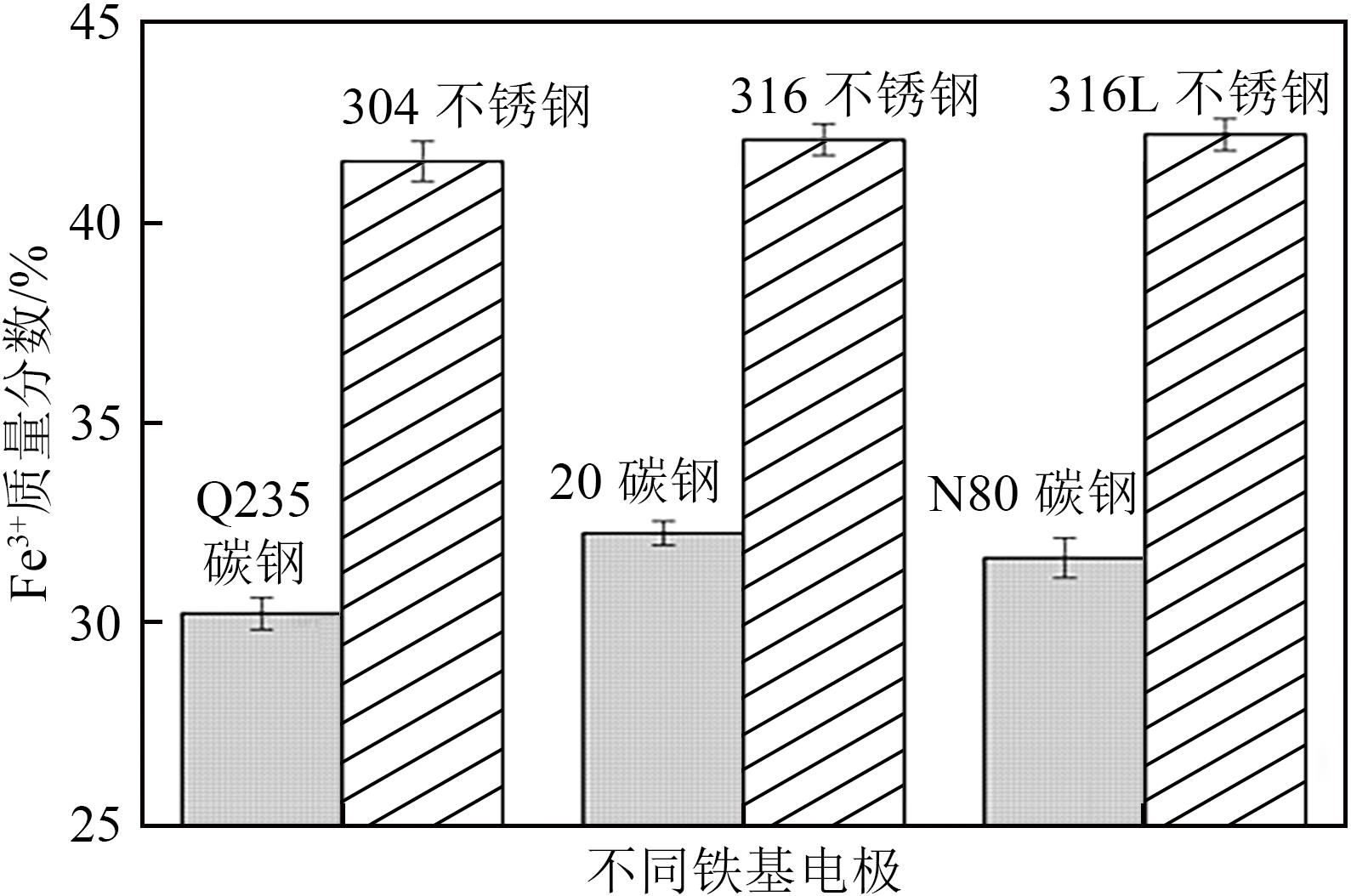| 1 |
CHORGHE D, SARI M A, CHELLAM S. Boron removal from hydraulic fracturing wastewater by aluminum and iron coagulation: mechanisms and limitations[J]. Water Research, 2017, 126: 481-487.
|
| 2 |
GREGORY K B, VIDIC R D, DZOMBAK D A. Water management challenges associated with the production of shale gas by hydraulic fracturing[J]. Elements, 2011, 7(3): 181-186.
|
| 3 |
SARI M A, CHELLAM S. Mechanisms of boron removal from hydraulic fracturing wastewater by aluminum electrocoagulation[J]. Journal of Colloid and Interface Science, 2015, 458: 103-111.
|
| 4 |
SCANLON B R, REEDY R C, NICOT J P. Comparison of water use for hydraulic fracturing for unconventional oil and gas versus conventional oil[J]. Environmental Science & Technology, 2014, 48(20): 12386-12393.
|
| 5 |
LESTER Y, FERRER I, THURMAN E M, et al. Characterization of hydraulic fracturing flowback water in Colorado: implications for water treatment[J]. Science of the Total Environment, 2015, 512/513(15): 637-644.
|
| 6 |
ARTHUR J D, BOHM B, LAYNE M. Hydraulic fracturing considerations for natural gas wells of the Marcellus shale[J]. AAPG Datapages/Archives, 2009, 59: 49-59.
|
| 7 |
GUAN Zhimin, LYU J, BAI P, et al. Boron removal from aqueous solutions by adsorption—A review[J]. Desalination, 2016, 383(1): 29-37.
|
| 8 |
TU K L, CHIVAS A R, NGHIEM L D. Effects of chemical preservation on flux and solute rejection by reverse osmosis membranes[J]. Journal of Membrane Science, 2014, 472: 202-209.
|
| 9 |
MELNIK L A, BABAK Y V, GONCHARUK V V, et al. Application potential of boron-selective sorbents of different nature for water conditioning in terms of the boron content[J]. Journal of Water Chemistry and Technology, 2015, 37(1): 25-31.
|
| 10 |
AKRETCHE D E, KERDJOUDJ H. Donnan dialysis of copper, gold and silver cyanides with various anion exchange membranes[J]. Talanta, 2000, 51(2): 281-289.
|
| 11 |
KIR E A,GURLER B, GULEC A. Boron removal from aqueous solution by using plasma-modified and unmodified anion-exchange membranes[J]. Desalination, 2011, 267(1): 114-117.
|
| 12 |
SAMATYA S, KÖSEOĞLU P, KABAY N, et al. Utilization of geothermal water as irrigation water after boron removal by monodisperse nanoporous polymers containing NMDG in sorption-ultrafiltration hybrid process[J]. Desalination, 2015, 364(15): 62-67.
|
| 13 |
MOTHERSBAUGH J, HANCOCK M E. Method for using electrocoagulation in hydraulic fracturing: US20130228331[P].2013-09-05.
|
| 14 |
SYAM BABU D, ANANTHA SINGH T S, NIDHEESH P V, et al. Industrial wastewater treatment by electrocoagulation process[J]. Separation Science and Technology, 2020, 55(17): 3195-3227.
|
| 15 |
GORCHEV H G, OZOLINS G. WHO guidelines for drinking-water quality[J]. WHO Chronicle, 1984, 38(3):104-108.
|
| 16 |
KARAHAN S, YURDAKOÇ M, SEKI Y, et al. Removal of boron from aqueous solution by clays and modified clays[J]. Journal of Colloid and Interface Science, 2006, 293(1): 36-42.
|
| 17 |
VASUDEVAN S, LAKSHMI J, SOZHAN G. Electrochemically assisted coagulation for the removal of boron from water using zinc anode[J]. Desalination, 2013, 310: 122-129.
|
| 18 |
ZEBOUDJI B, DROUICHE N, LOUNICI H, et al. The influence of parameters affecting boron removal by electrocoagulation process[J]. Separation Science and Technology, 2013, 48(8): 1280-1288.
|
| 19 |
ISA M H, EZECHI E H, AHMED Z, et al. Boron removal by electrocoagulation and recovery[J]. Water Research, 2014, 51: 113-123.
|
| 20 |
SILVA RIBEIRO T DA, GROSSI C D, MERMA A G, et al. Removal of boron from mining wastewaters by electrocoagulation method: modelling experimental data using artificial neural networks[J]. Minerals Engineering, 2019, 131(15): 8-13.
|
| 21 |
SAYINER G, KANDEMIRLI F, DIMOGLO A. Evaluation of boron removal by electrocoagulation using iron and aluminum electrodes[J]. Desalination, 2008, 230(1/2/3): 205-212.
|
| 22 |
AL-QODAH Z, AL-SHANNAG M. On the performance of free radicals combined electrocoagulation treatment processes[J]. Separation & Purification Reviews, 2019, 48(2): 143-158.
|
| 23 |
MAHA LAKSHMI P, SIVASHANMUGAM P J S, TECHNOLOGY P. Treatment of oil tanning effluent by electrocoagulation: influence of ultrasound and hybrid electrode on COD removal[J]. Separation and Purification Technology, 2013, 116(15): 378-384.
|
| 24 |
JIMÉNEZ C, SÁEZ C, MARTÍNEZ F, et al. Electrochemical dosing of iron and aluminum in continuous processes: a key step to explain electro-coagulation processes[J]. Separation and Purification Technology, 2012, 98(19): 102-108.
|
| 25 |
PARSONS R. Atlas of electrochemical equilibria in aqueous solutions[J]. Journal of Electroanalytical Chemistry and Interfacial Electrochemistry, 1967, 13(4): 471.
|
| 26 |
MOUSSA D T, EL-NAAS M H, NASSER M, et al. A comprehensive review of electrocoagulation for water treatment: potentials and challenges[J]. Journal of Environmental Management, 2017, 186: 24-41.
|
| 27 |
BIESINGER M C, PAYNE B P, GROSVENOR A P, et al. Resolving surface chemical states in XPS analysis of first row transition metals, oxides and hydroxides: Cr, Mn, Fe, Co and Ni[J]. Applied Surface Science, 2011, 257(7): 2717-2730.
|
| 28 |
董树忠, 庞嬿婉. 铁表面磷酸化层的XPS分析[J]. 材料保护, 1984, 17(4): 35-36, 41.
|
|
DONG Shuzhong, PANG Yanwan. XPS analysis of phosphorylated layer on iron surface[J]. Materials Protection, 1984, 17(4): 35-36, 41.
|
| 29 |
DENIZ F, AKARSU C. Operating cost and treatment of boron from aqueous solutions by electrocoagulation in low concentration[J]. Global Challenges, 2018, 2(5/6): 1800011.
|
| 30 |
CHEN M, DOLLAR O, SHAFER-PELTIER K, et al. Boron removal by electrocoagulation: removal mechanism, adsorption models and factors influencing removal[J]. Water Research, 2020, 170: 115362.
|
 ), 安志伟1, 朱田震2(
), 安志伟1, 朱田震2( ), 姚光源2, 何爱珍2, 陶蕾2, 于德泽2, 赵新星2, 张丽锋2, 秦立娟2, 张迪彦2, 李春利1, 李浩1
), 姚光源2, 何爱珍2, 陶蕾2, 于德泽2, 赵新星2, 张丽锋2, 秦立娟2, 张迪彦2, 李春利1, 李浩1
 ), AN Zhiwei1, ZHU Tianzhen2(
), AN Zhiwei1, ZHU Tianzhen2( ), YAO Guangyuan2, HE Aizhen2, TAO Lei2, YU Deze2, ZHAO Xinxing2, ZHANG Lifeng2, QIN Lijuan2, ZHANG Diyan2, LI Chunli1, LI Hao1
), YAO Guangyuan2, HE Aizhen2, TAO Lei2, YU Deze2, ZHAO Xinxing2, ZHANG Lifeng2, QIN Lijuan2, ZHANG Diyan2, LI Chunli1, LI Hao1







